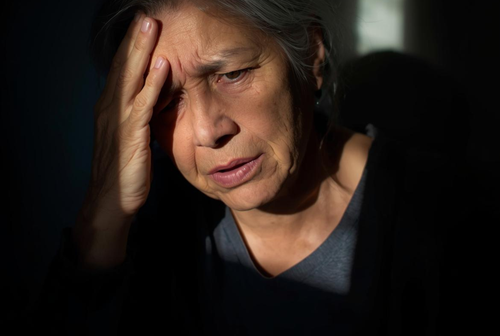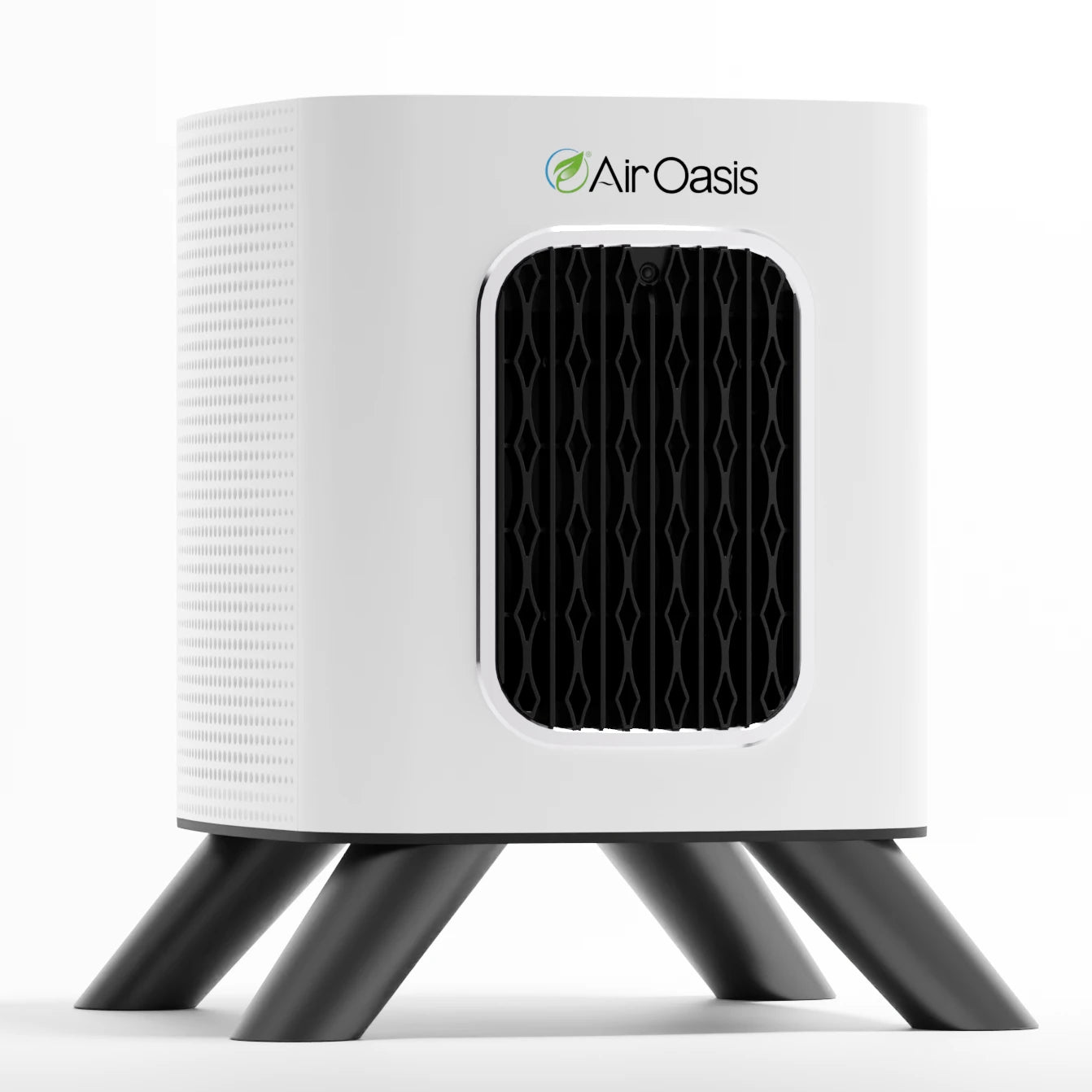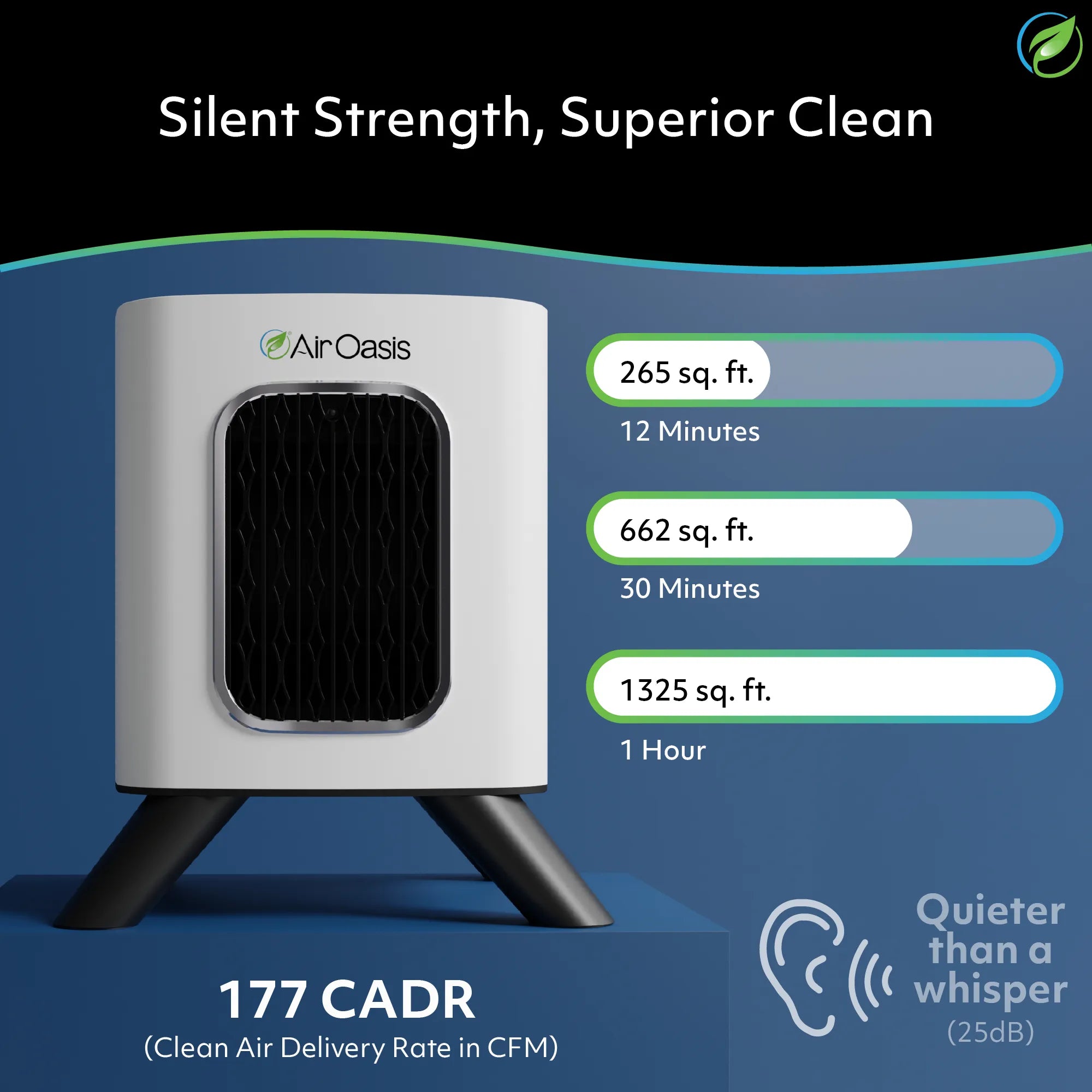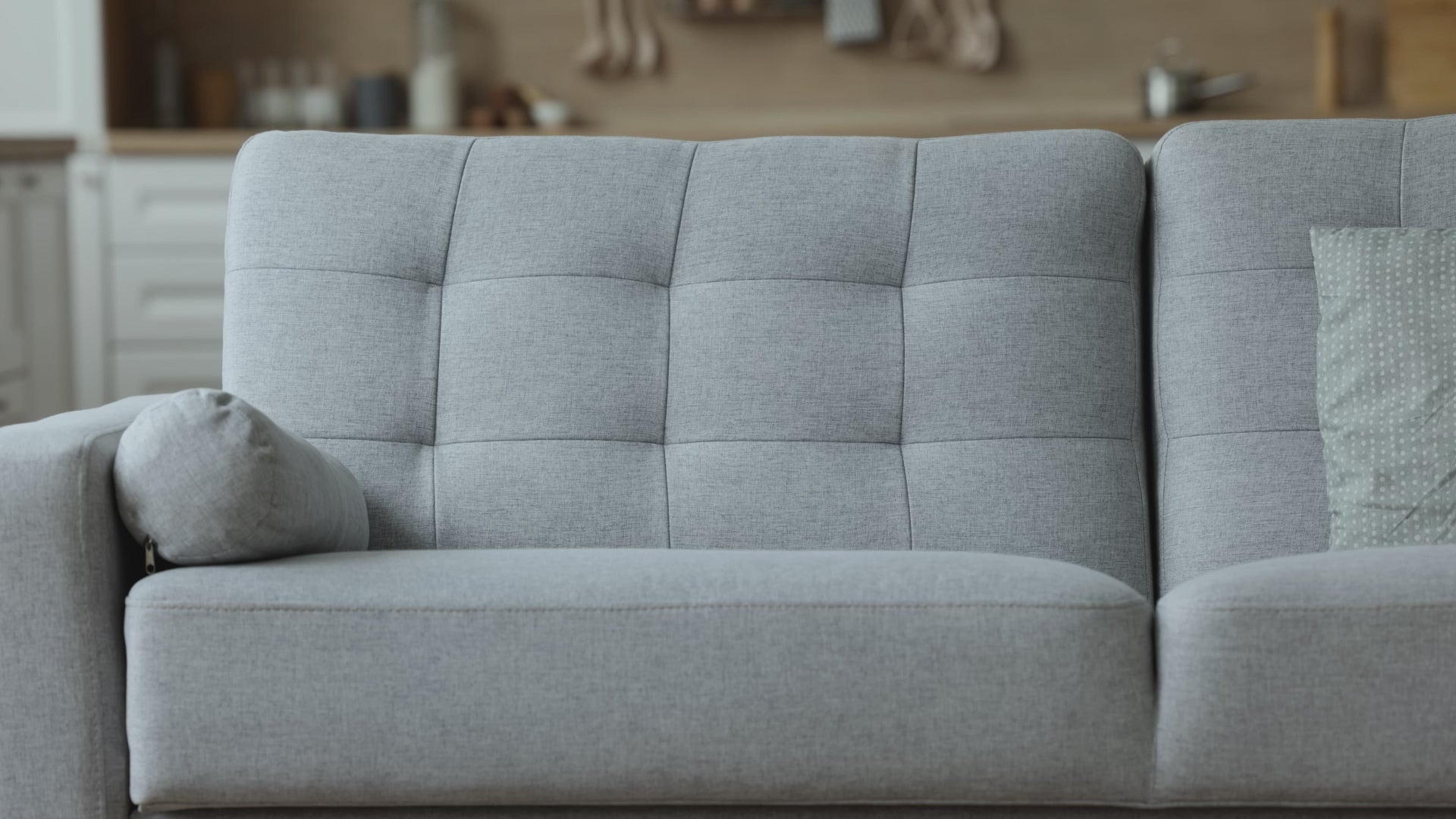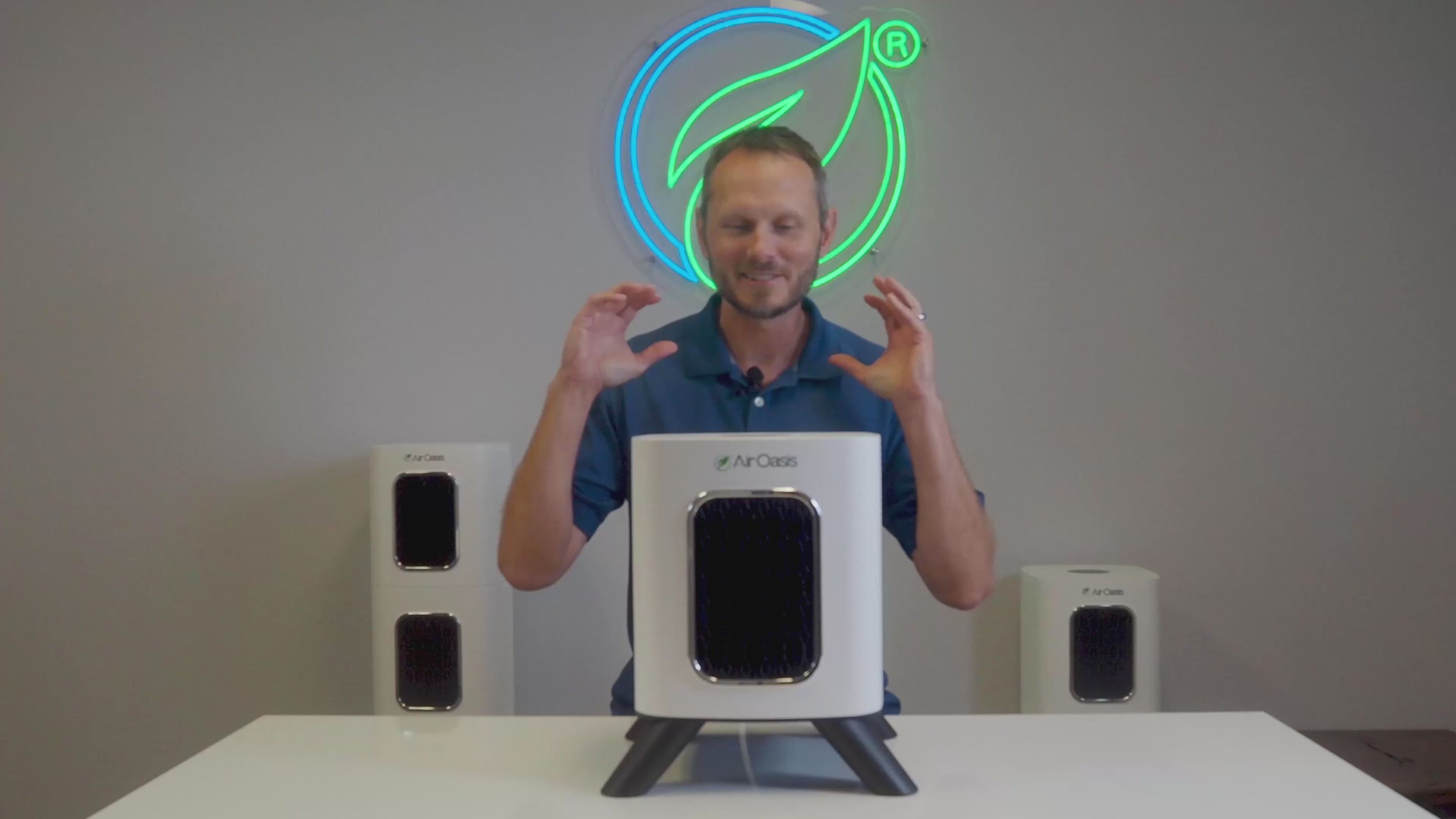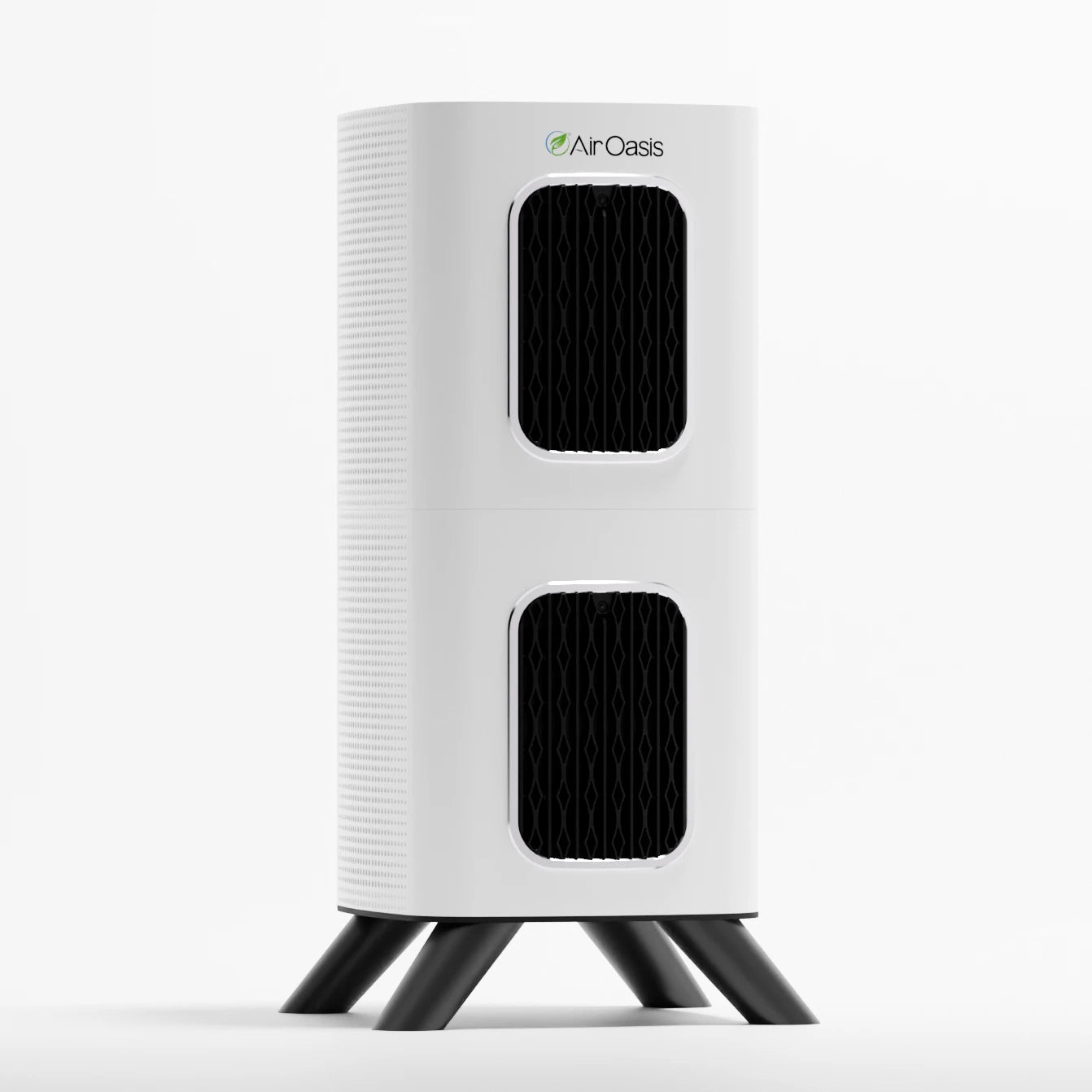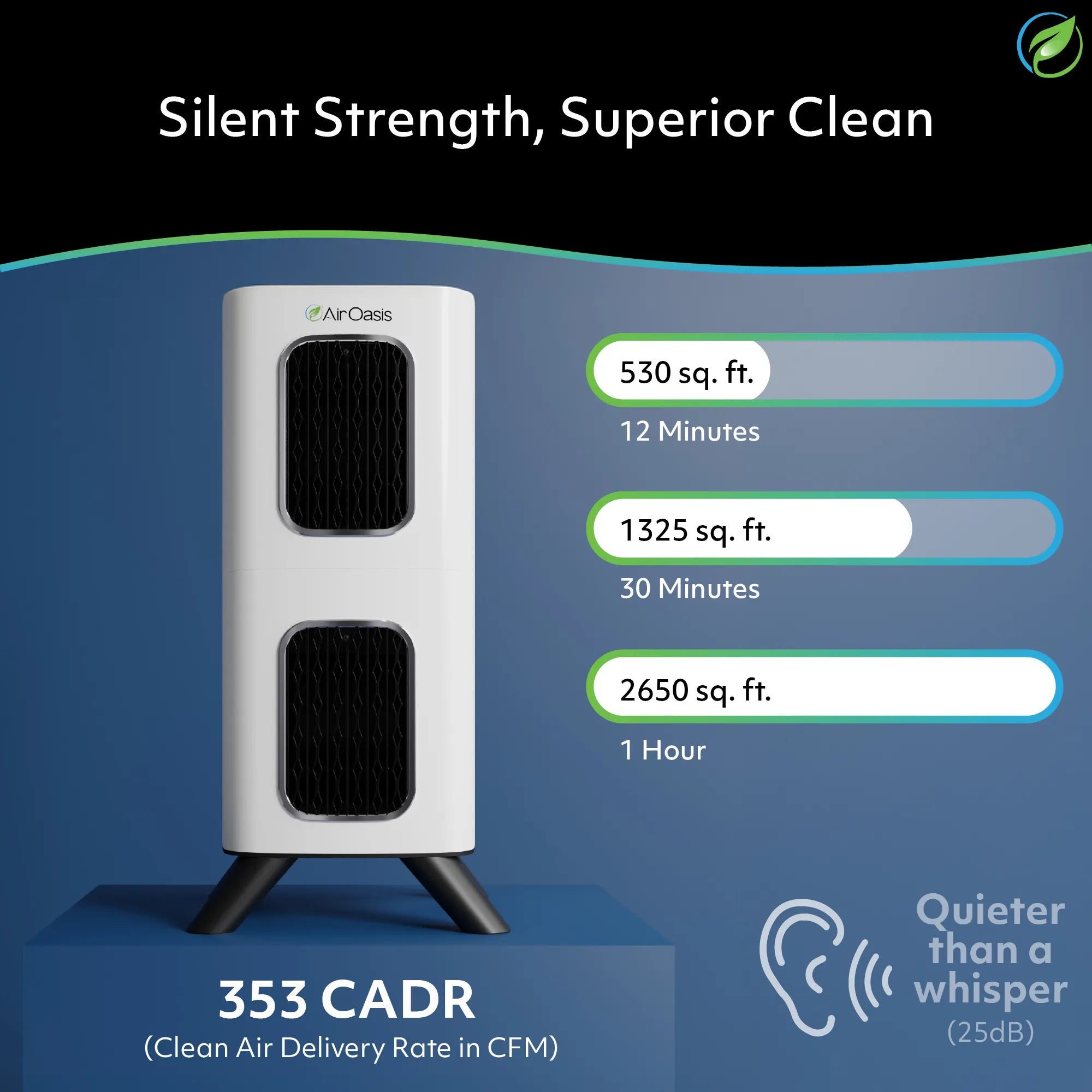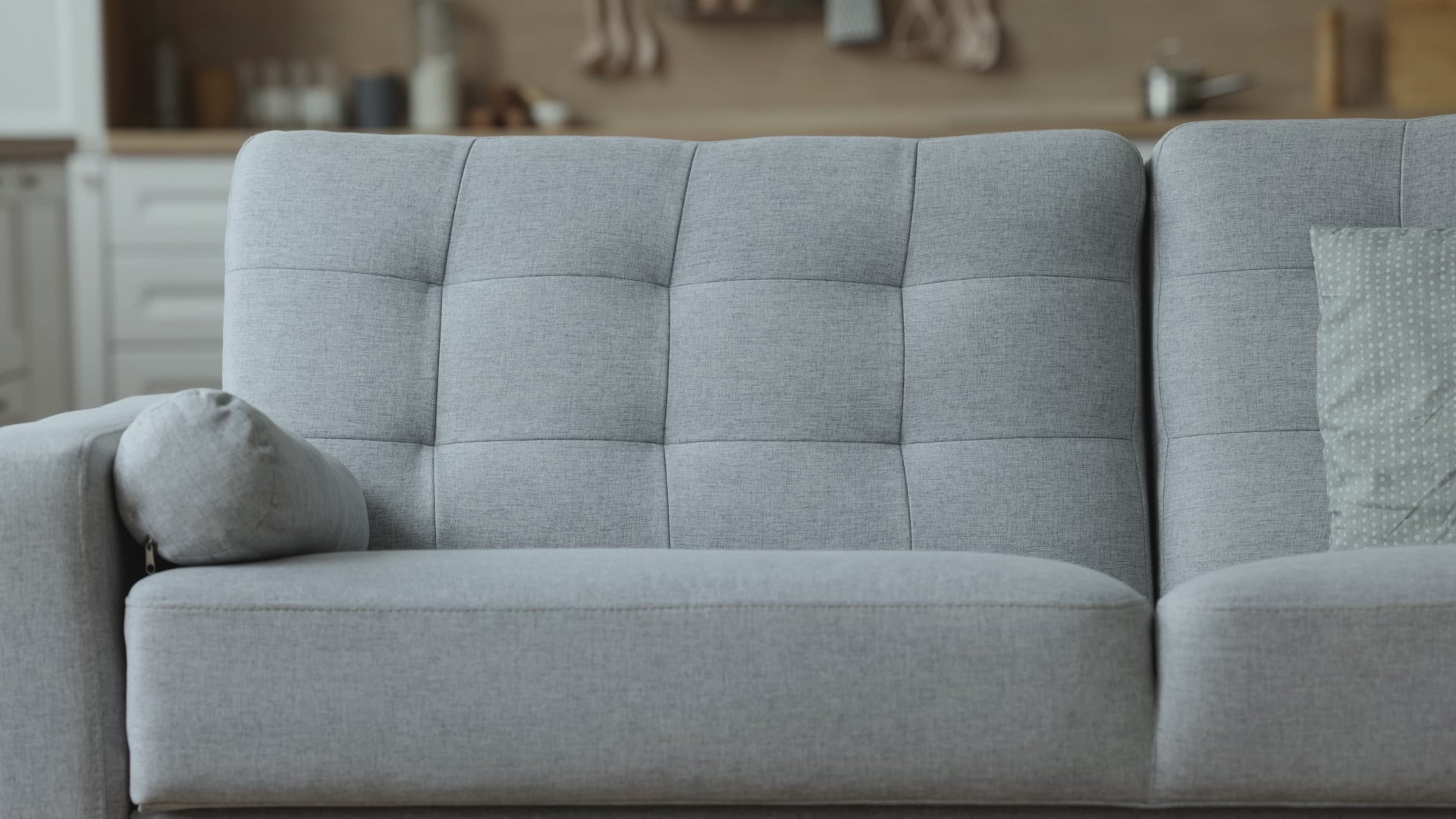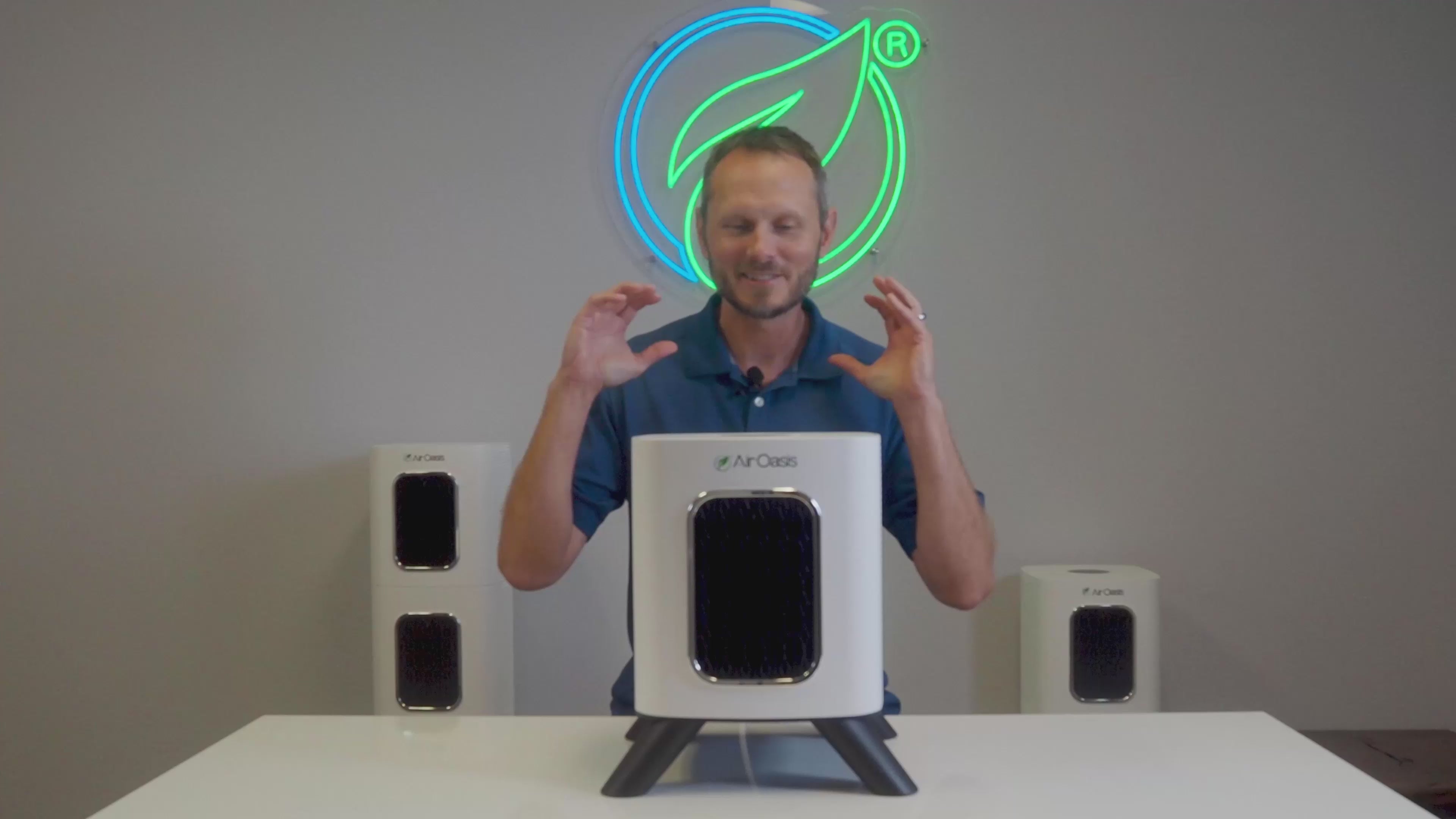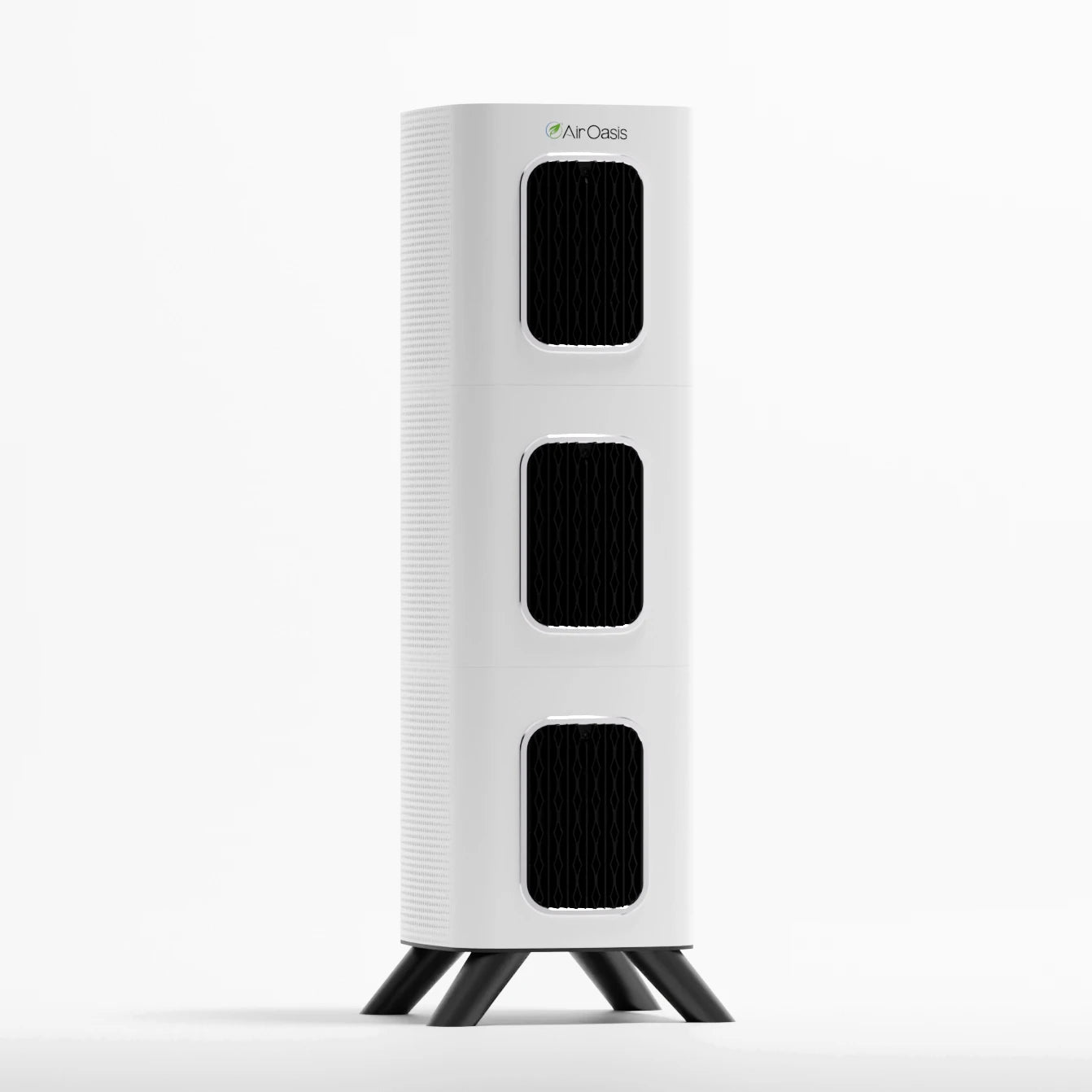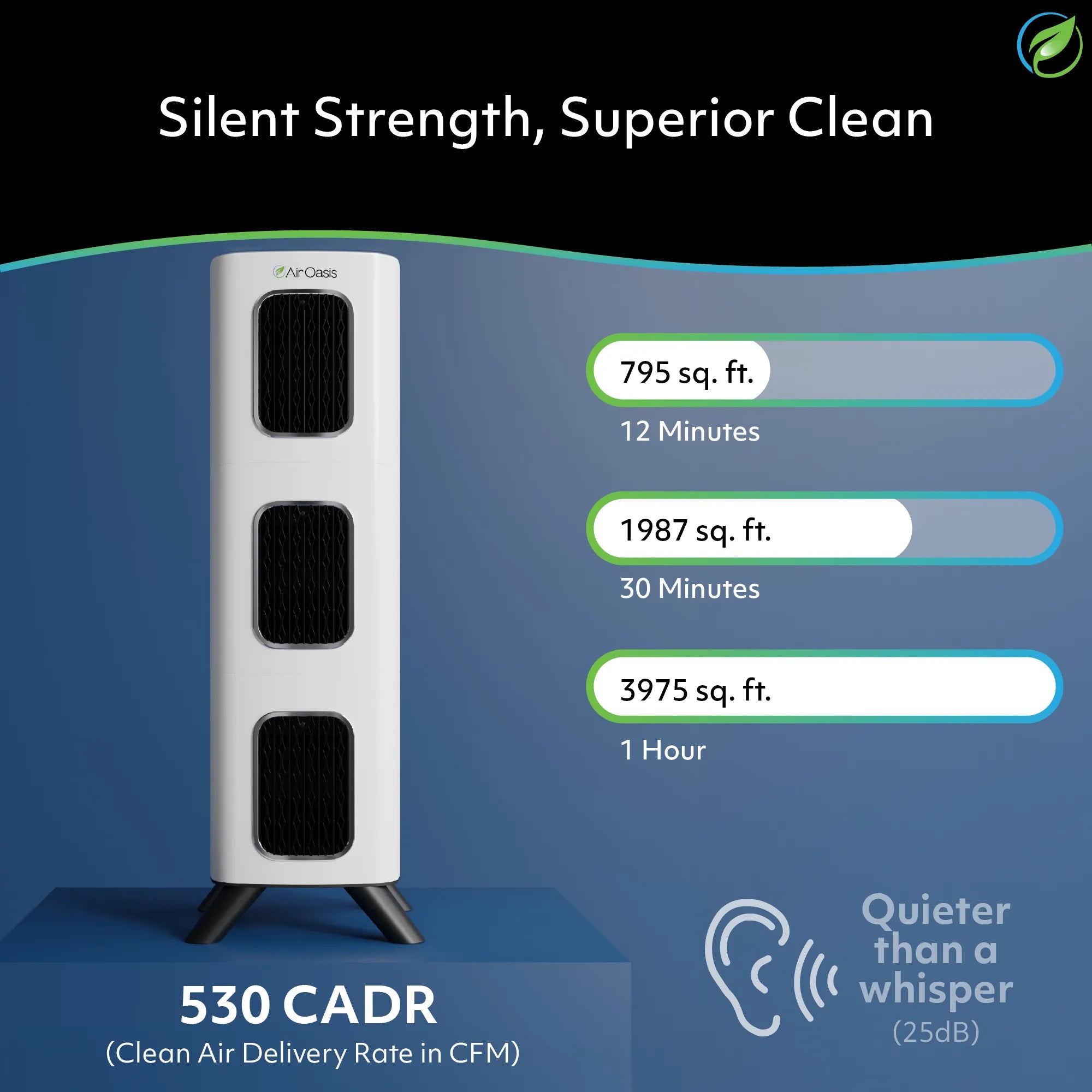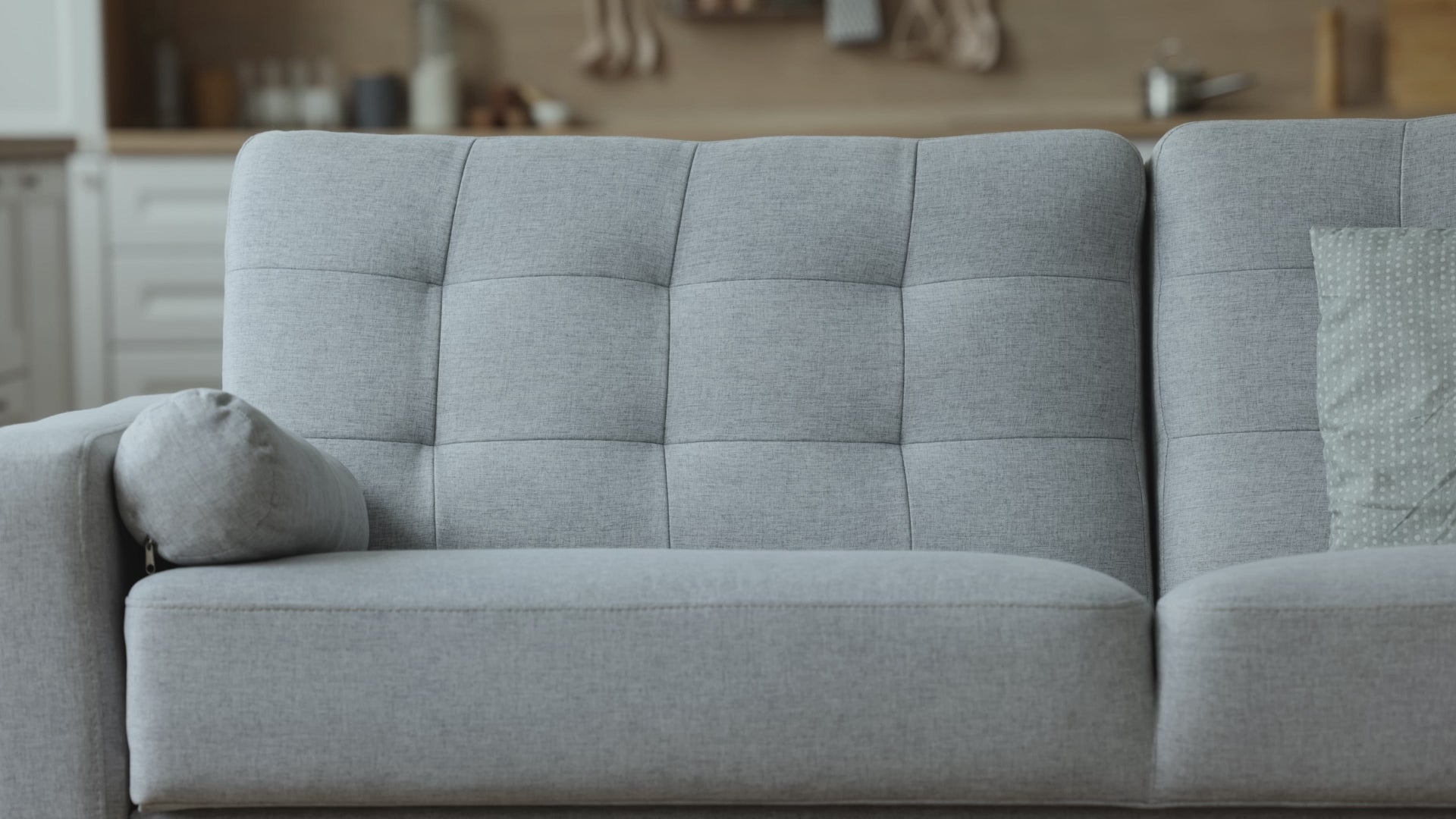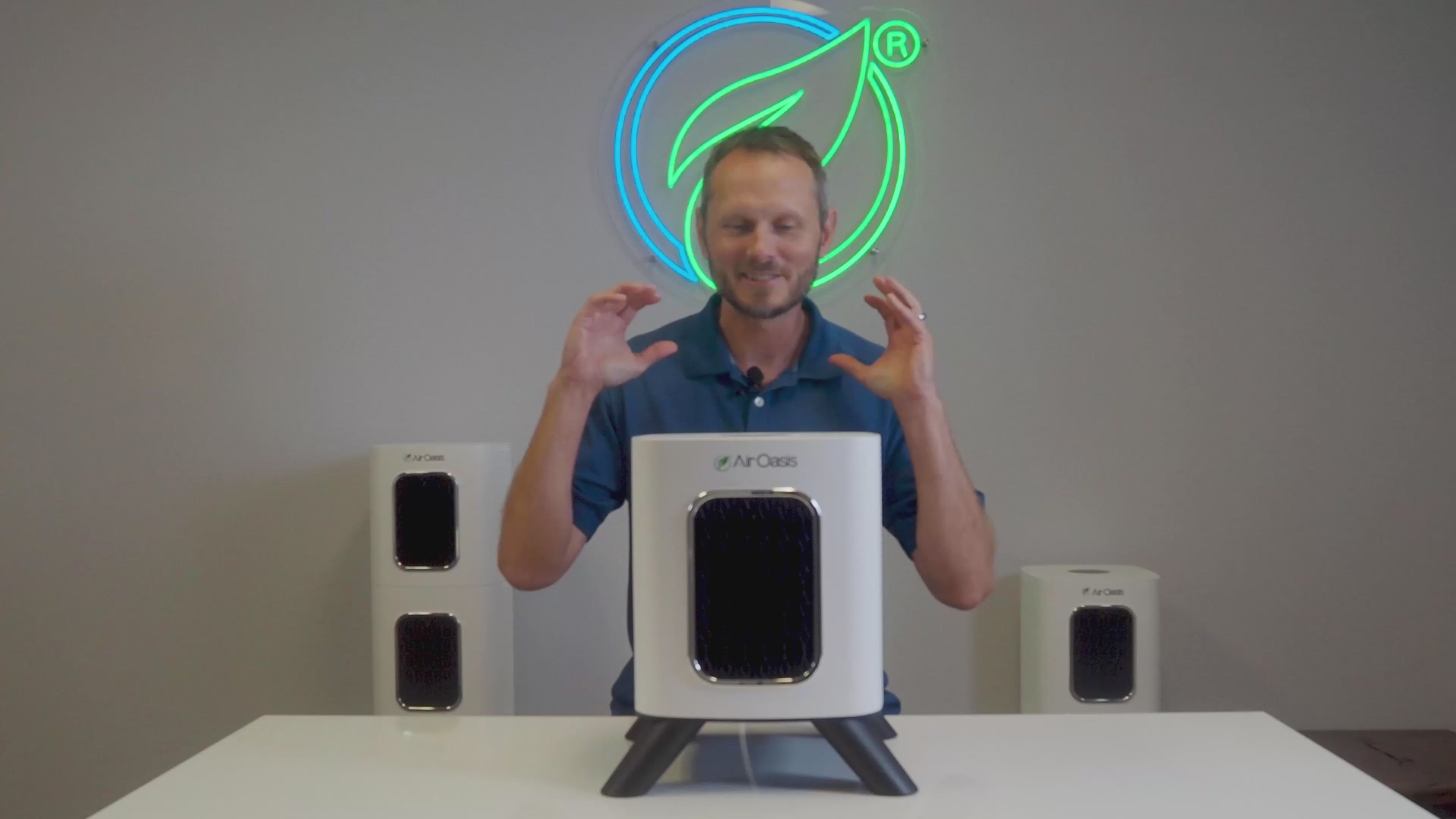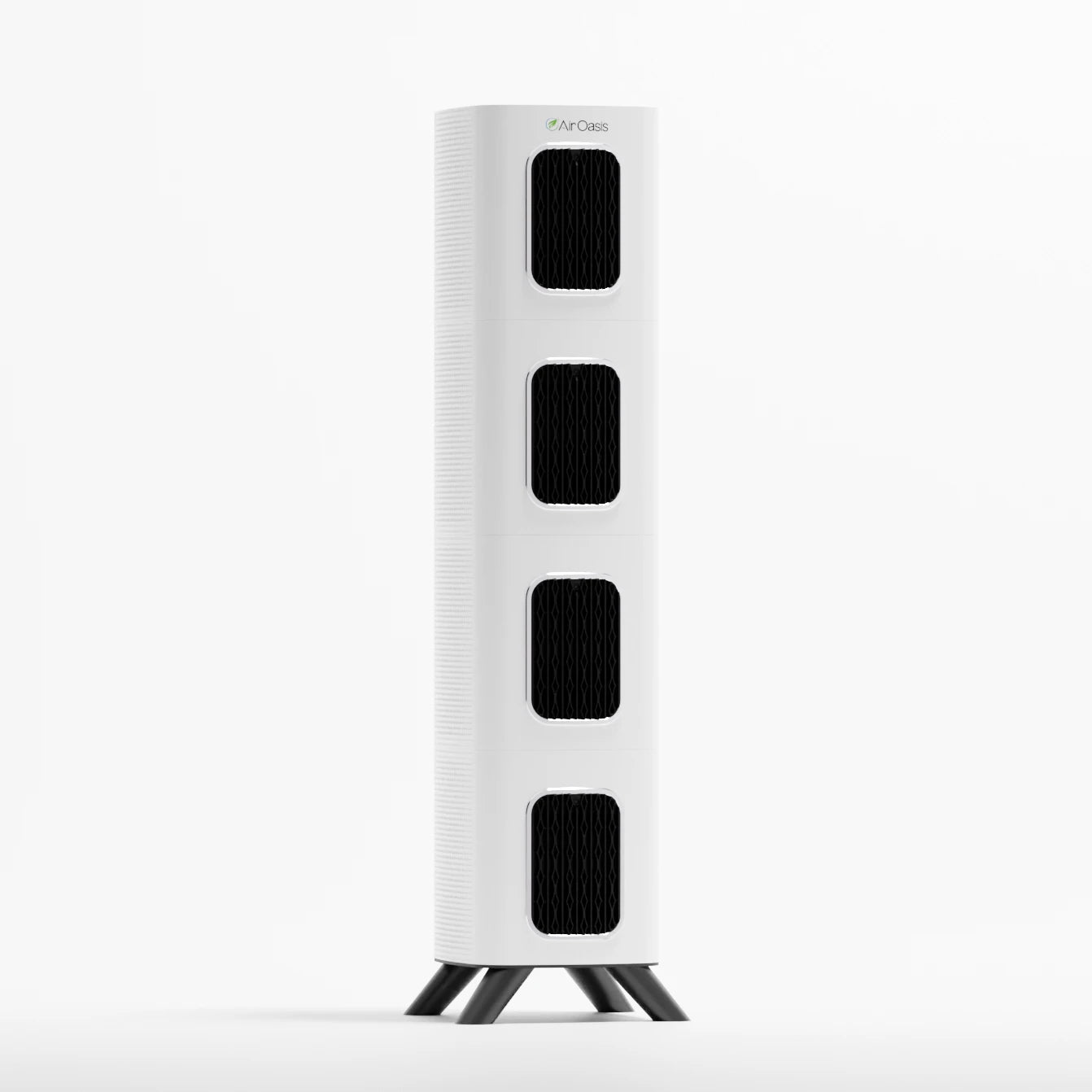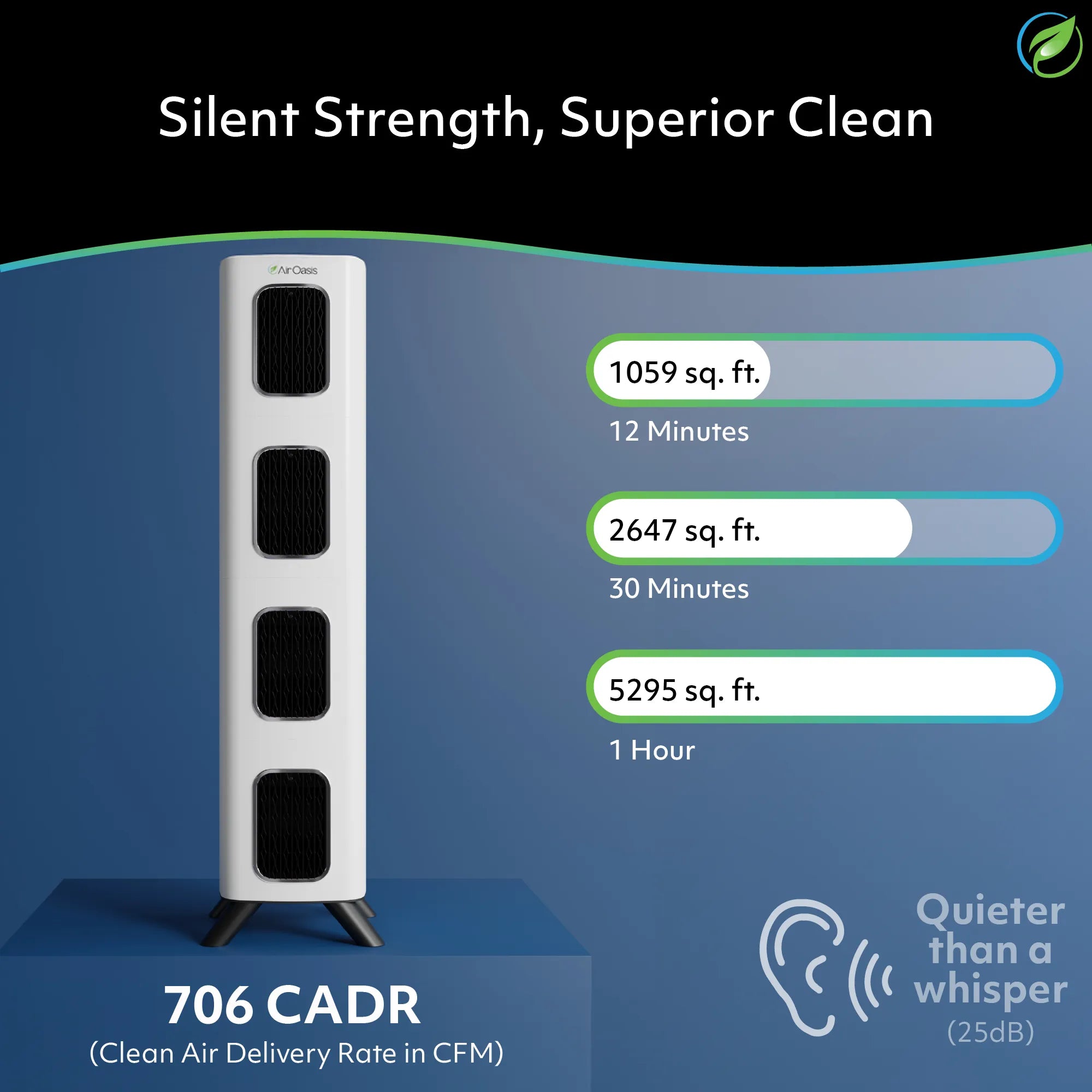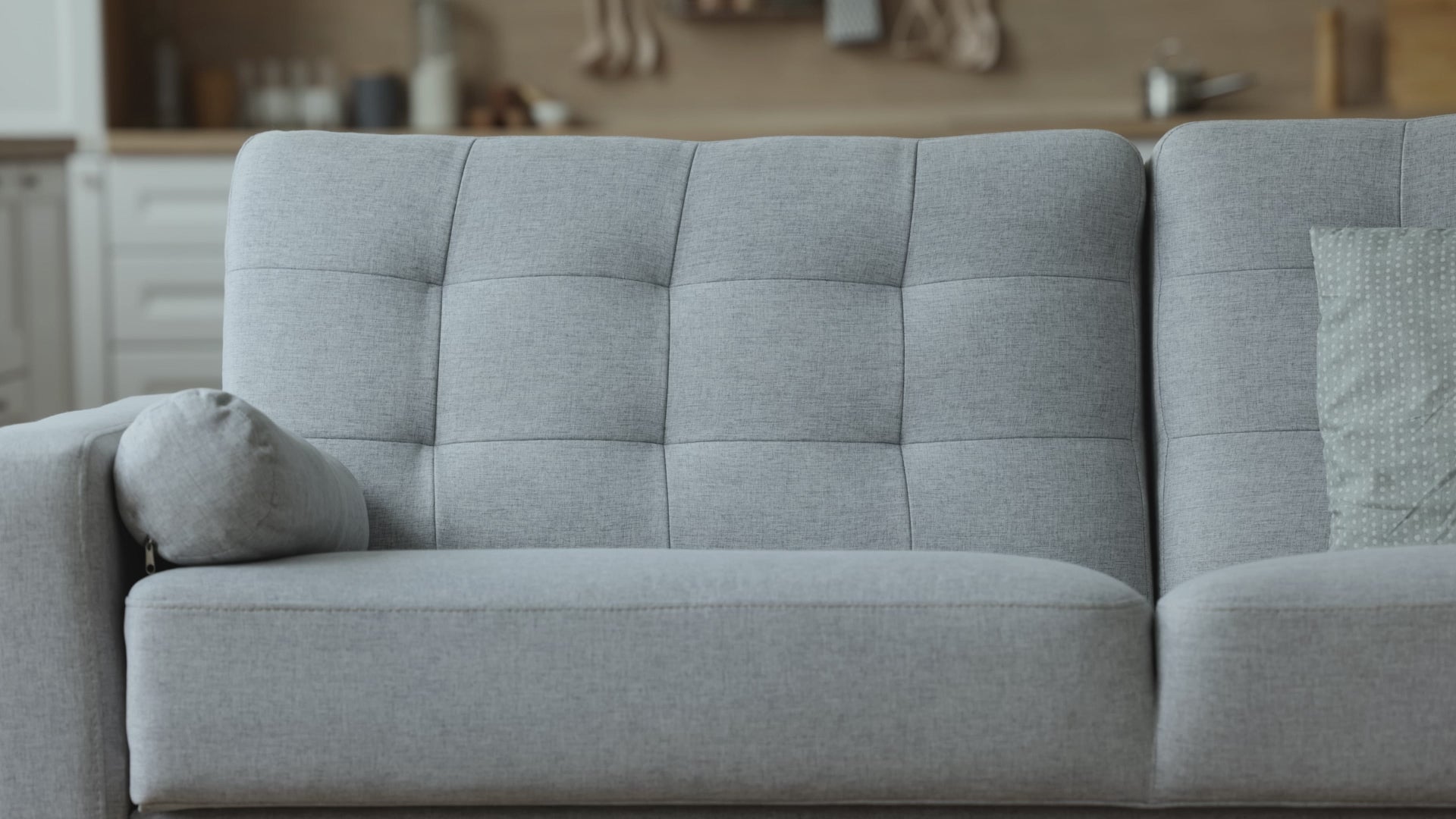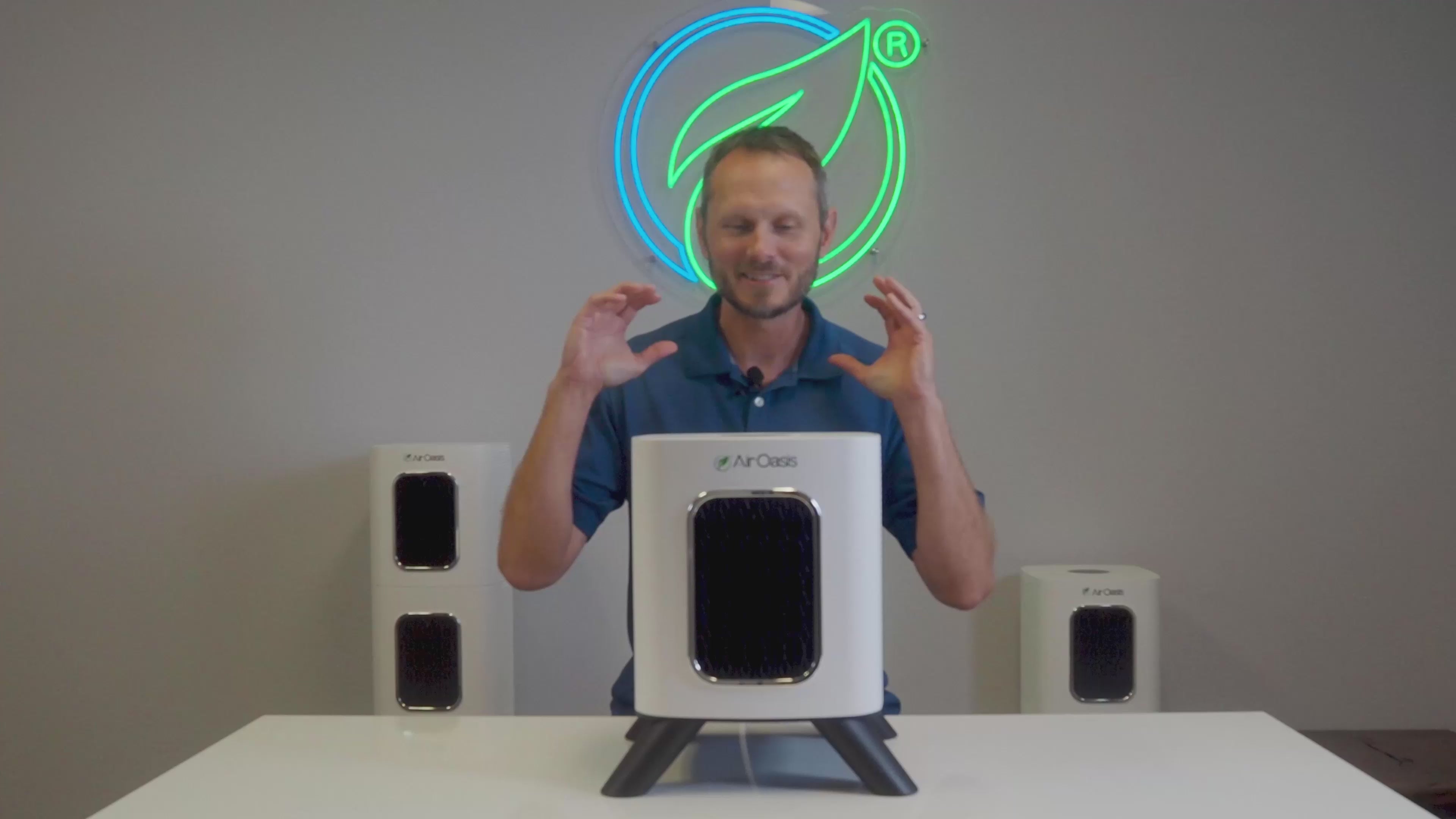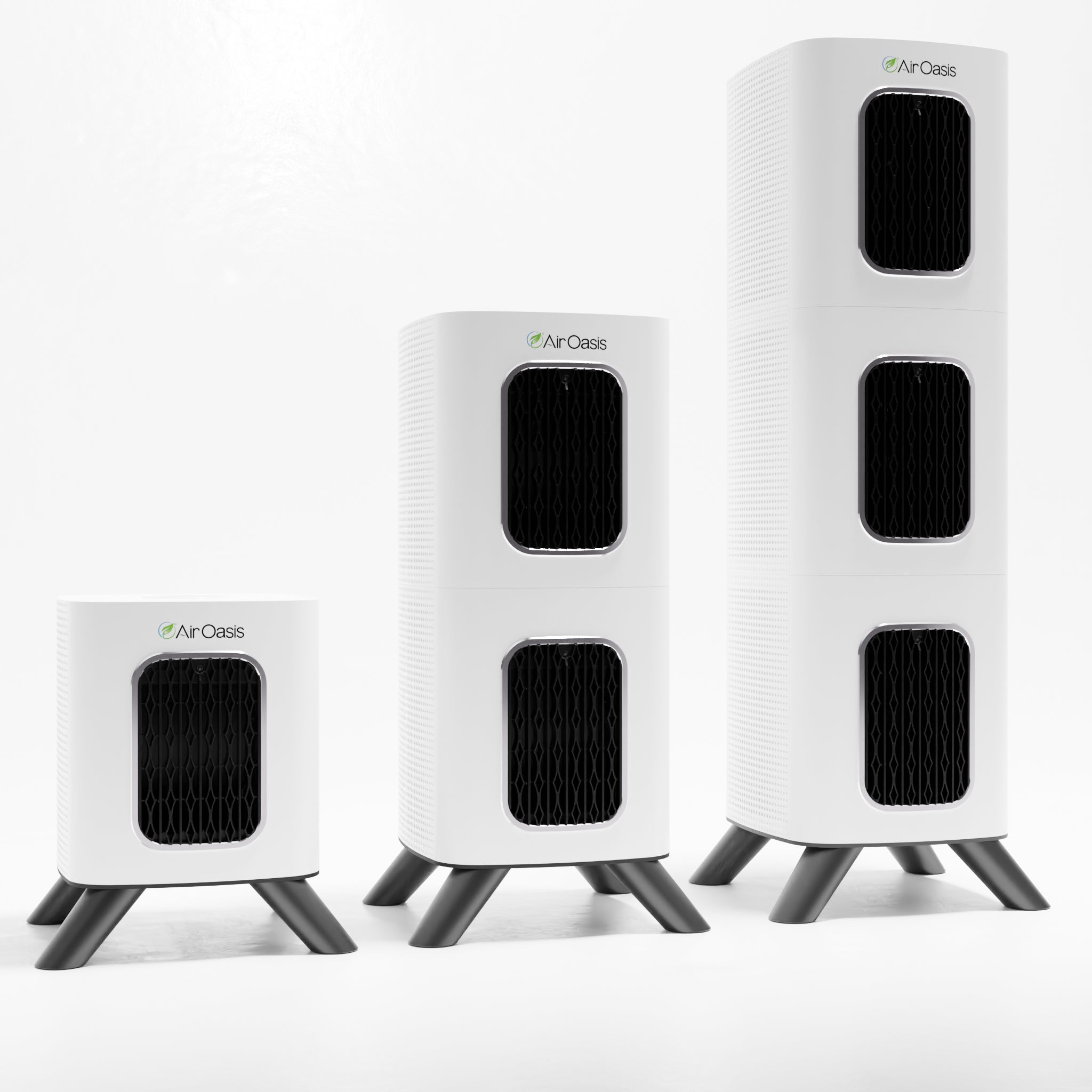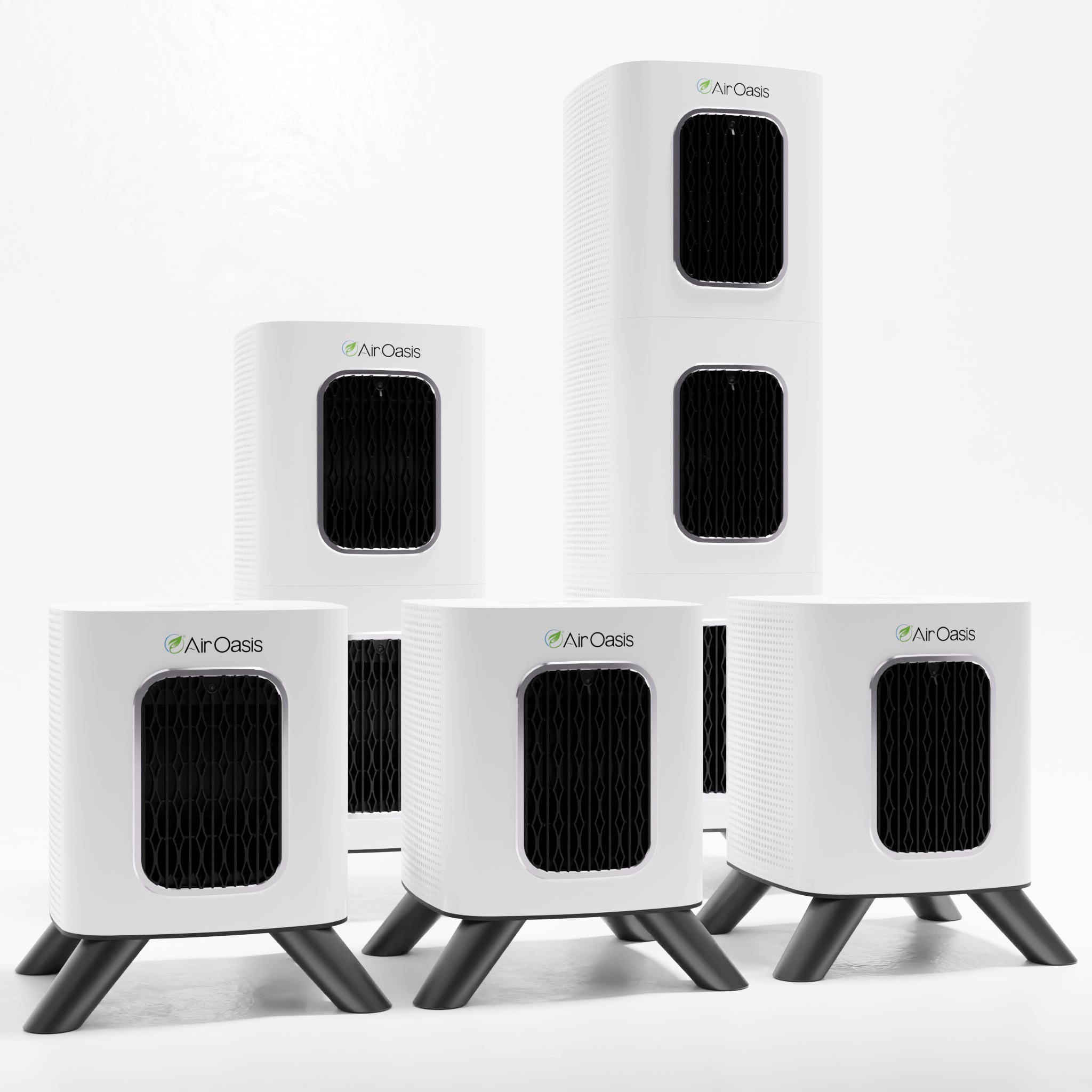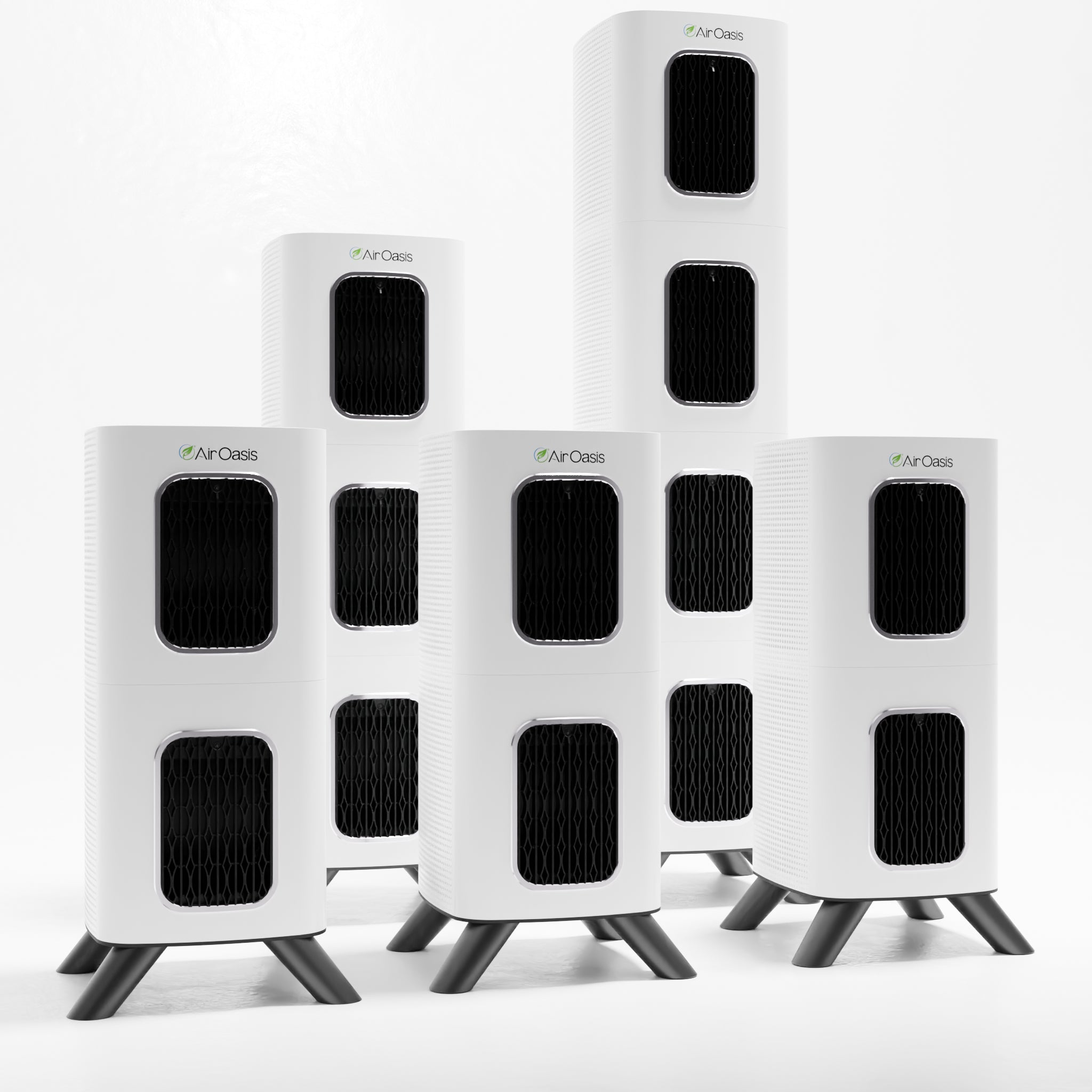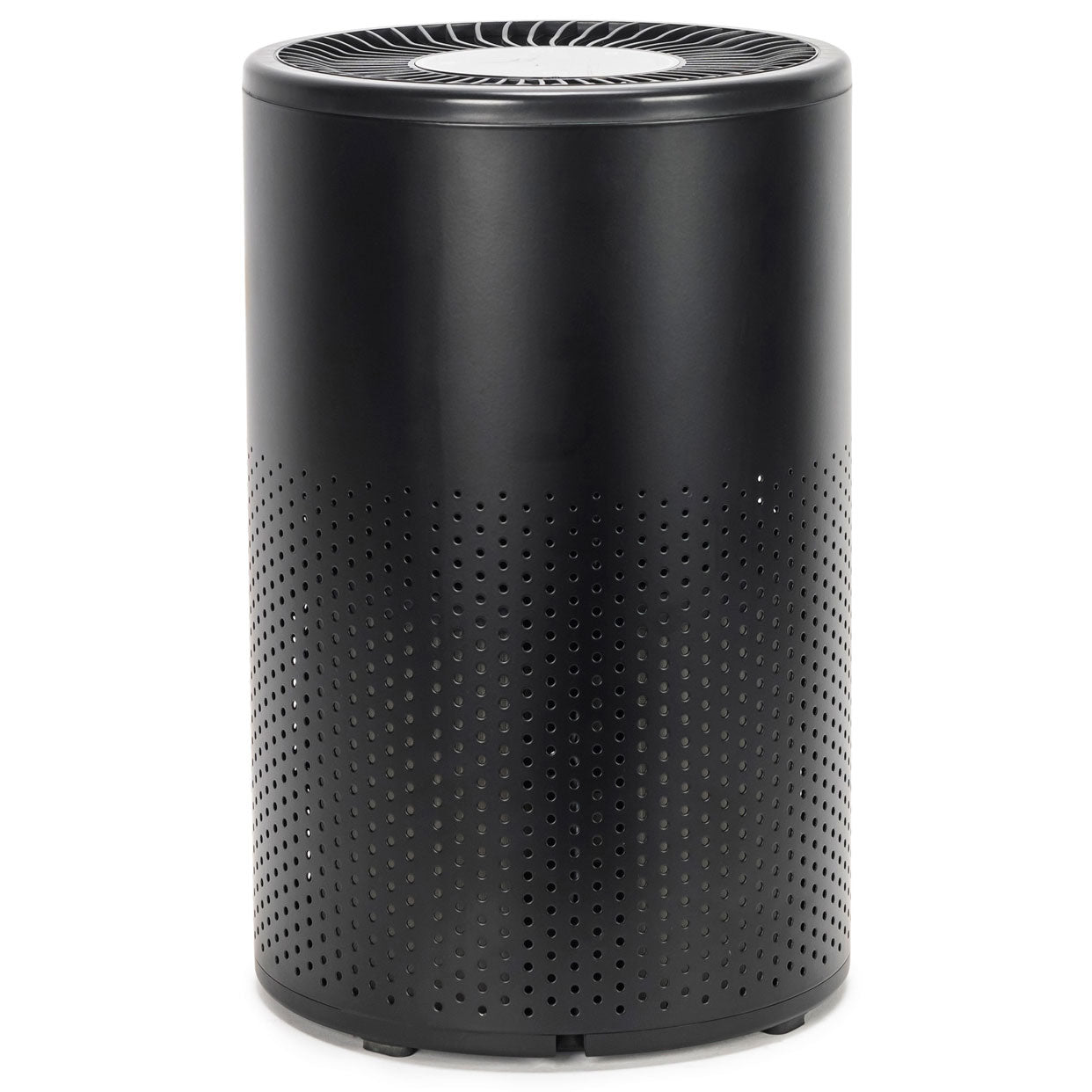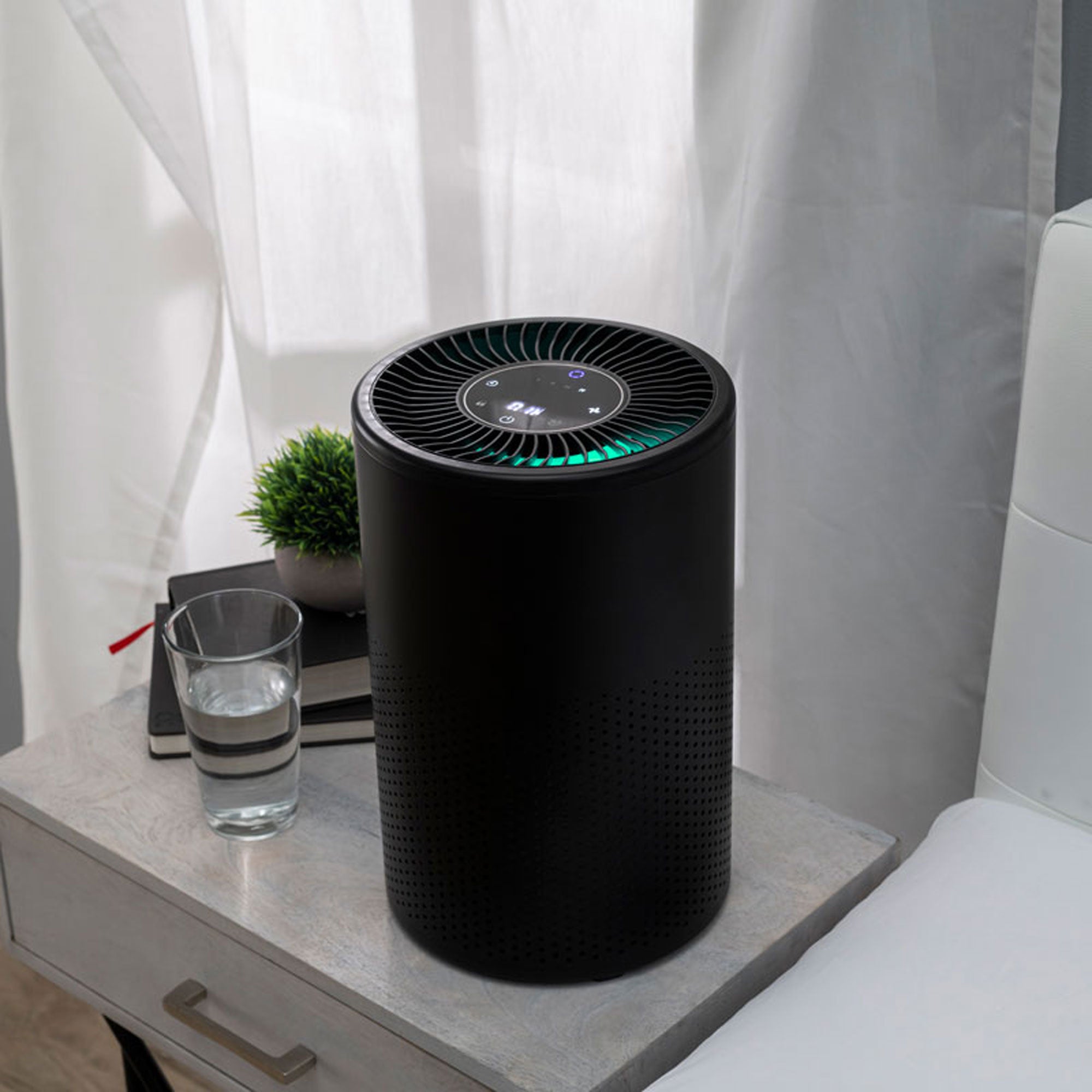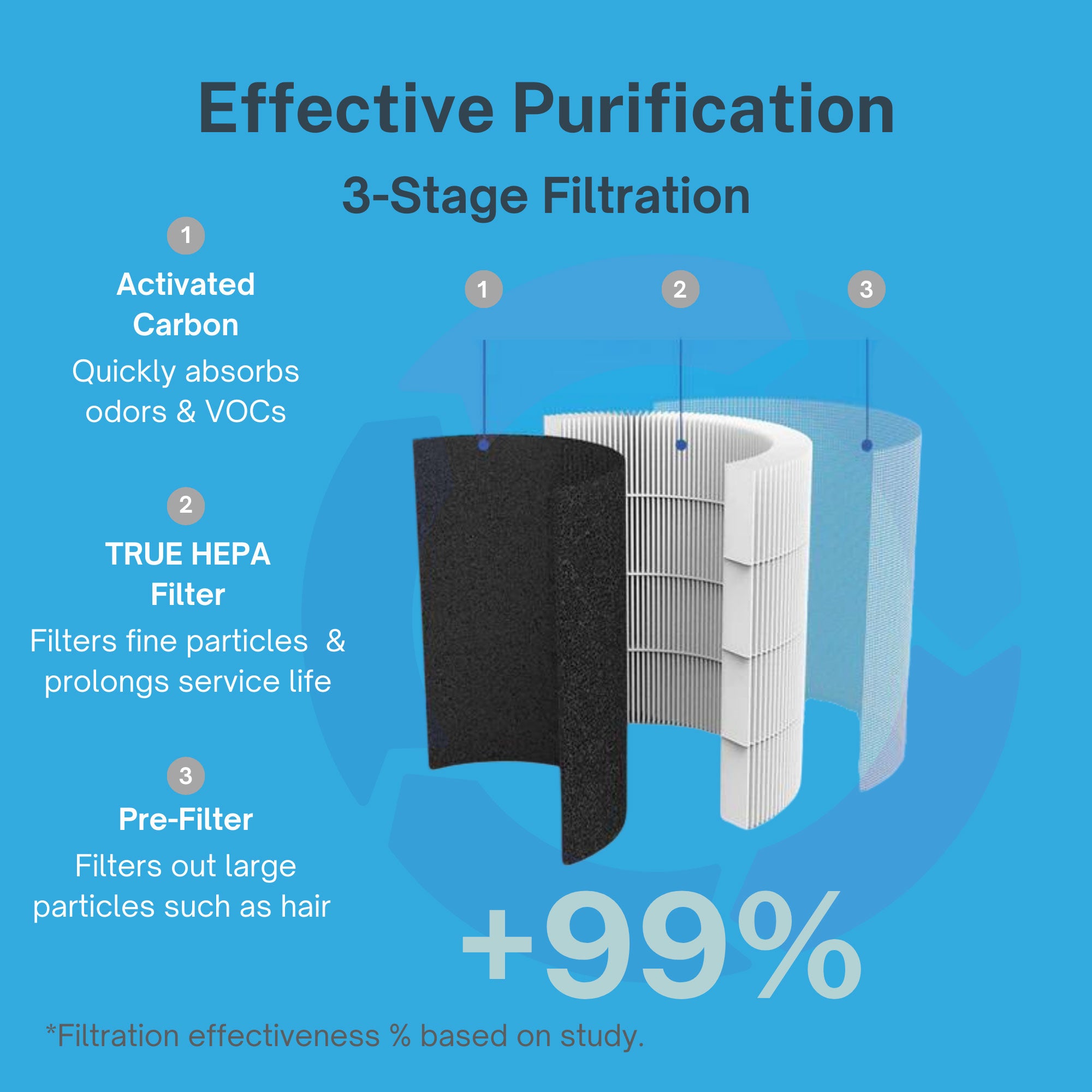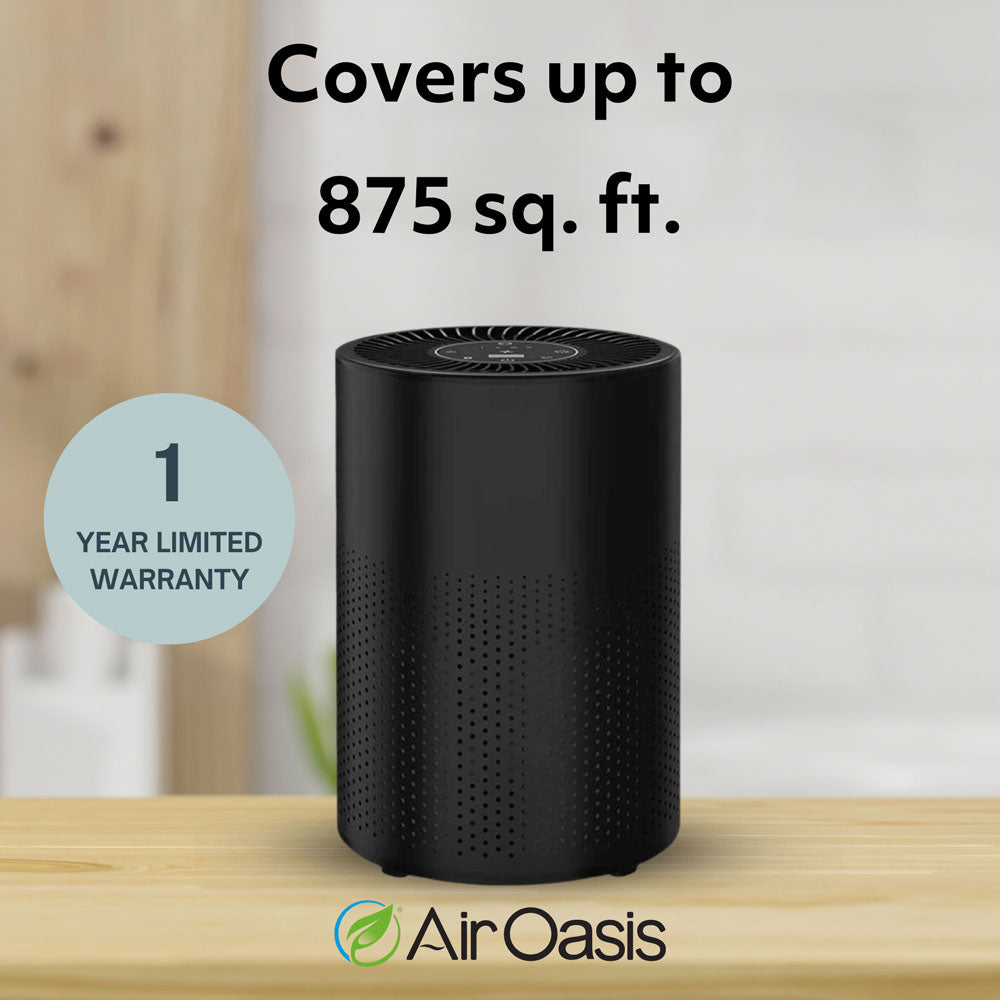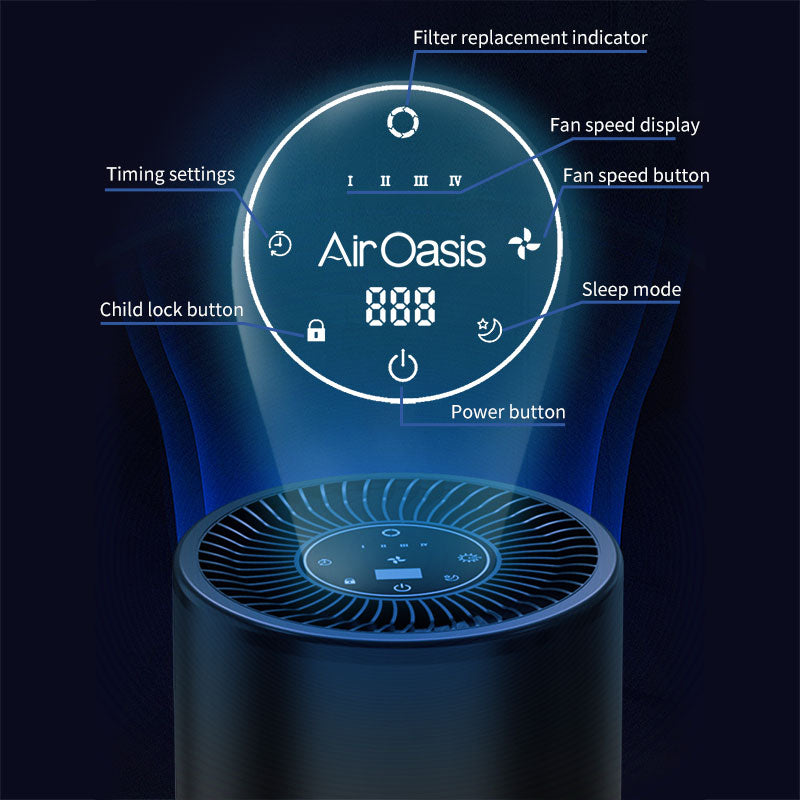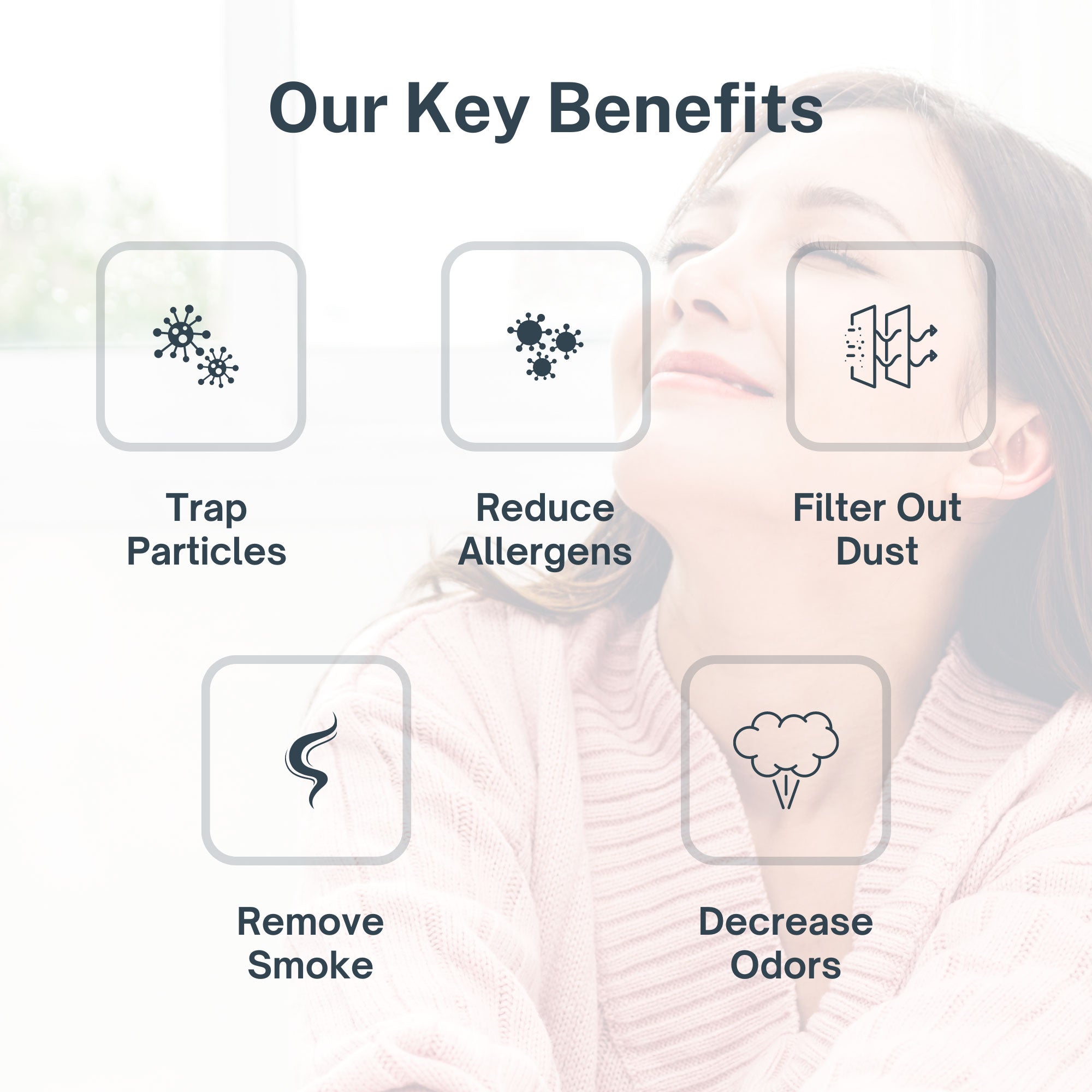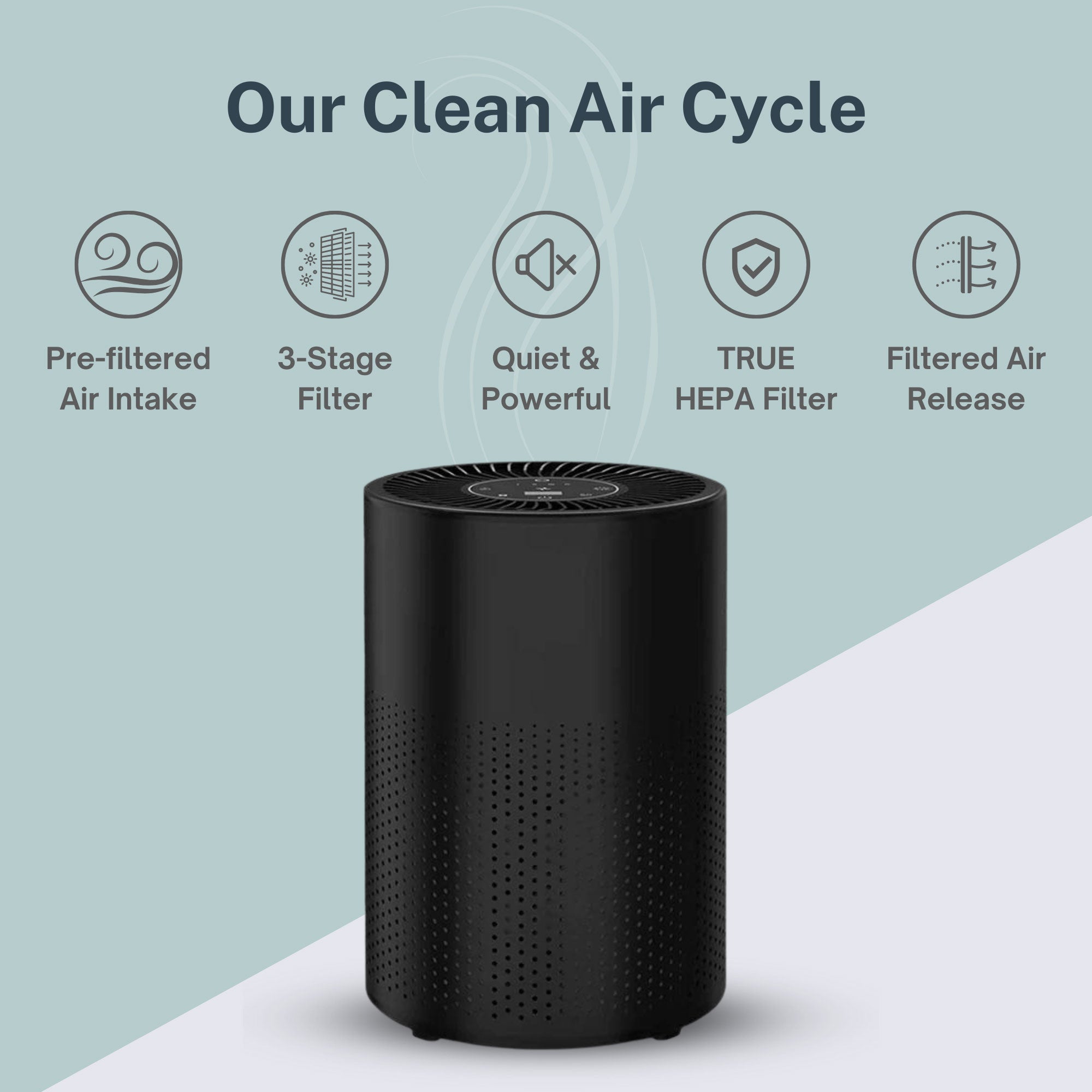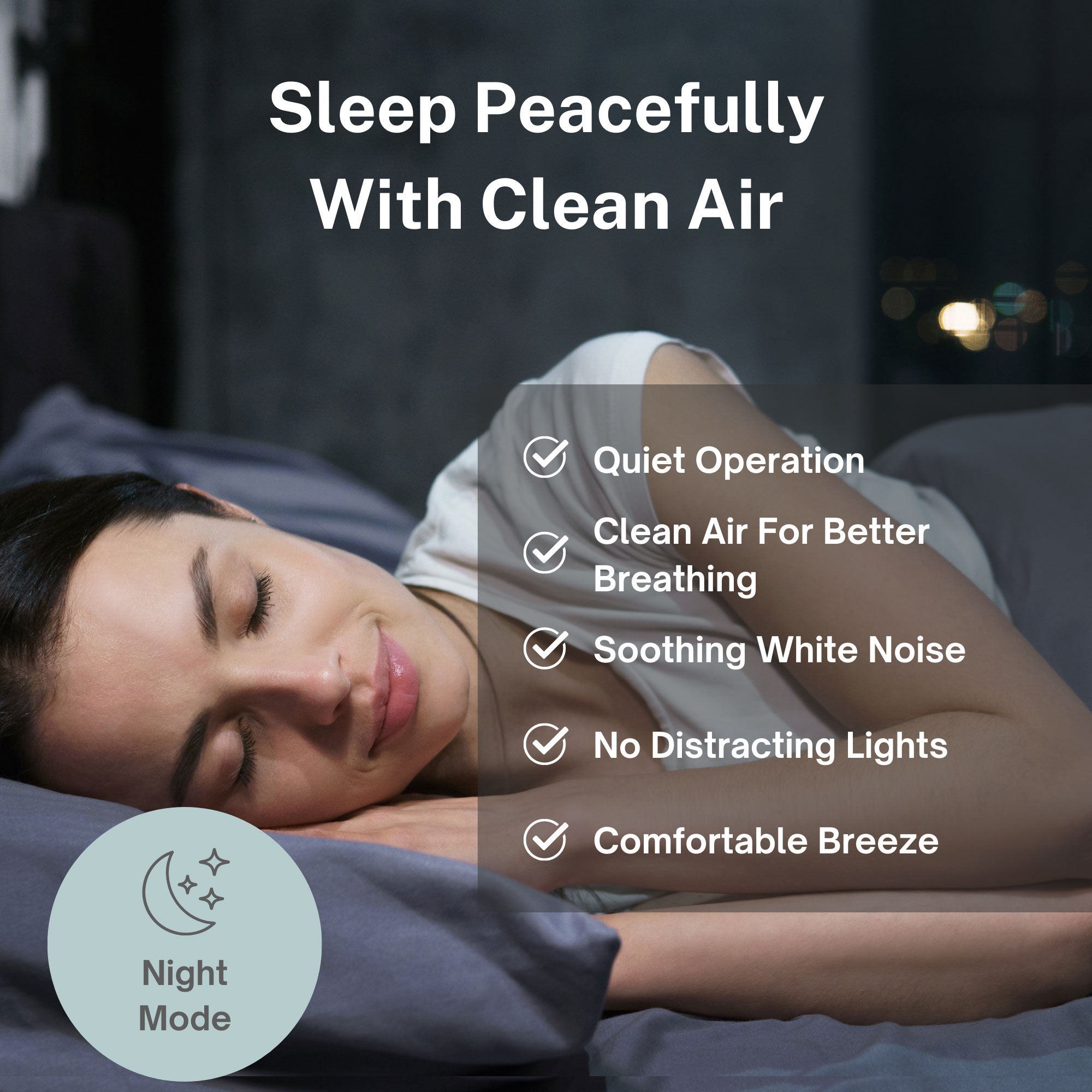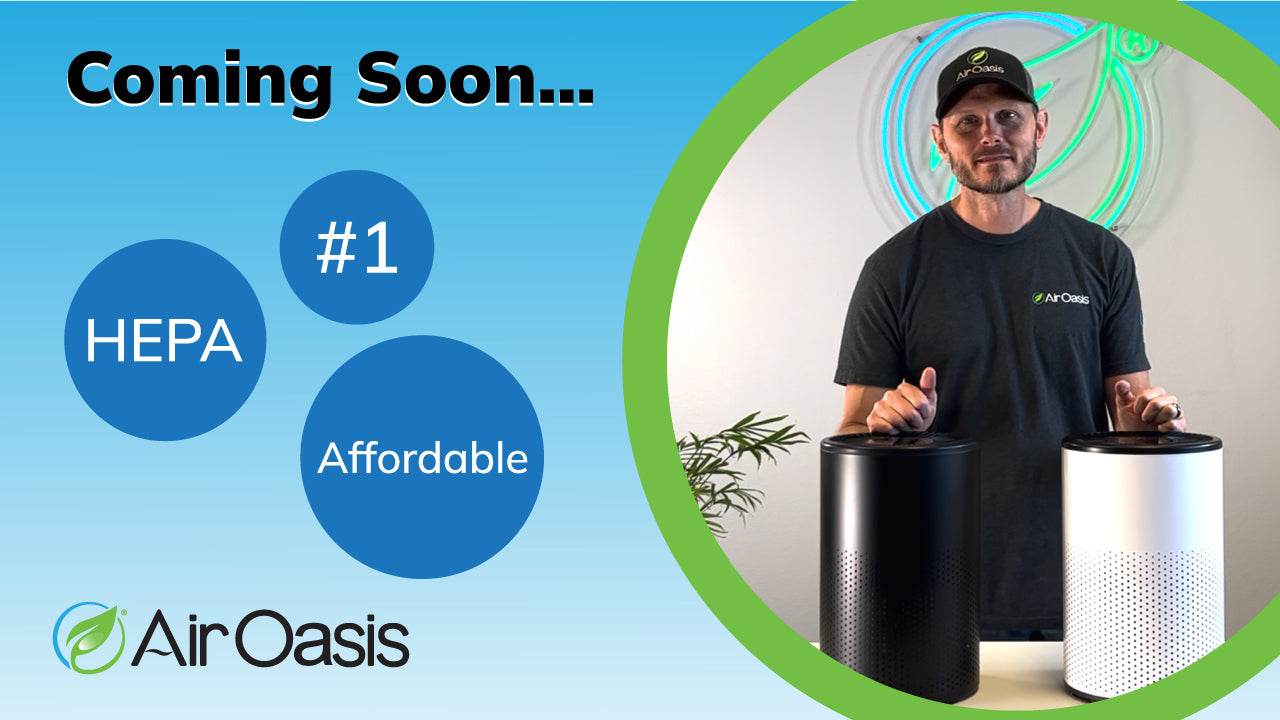If you are one of the 10 to 20% of Americans with a ragweed allergy, fall may be more about a stuffy nose, itchy eyes, and sneezing than autumn leaves and Halloween fun with the kids. In addition to ragweed pollen, there are some lesser-known triggers for fall allergies. Unseasonably warm temperatures can make allergy symptoms last longer. Mold spores can be released when humidity is high or if the weather is dry and windy. Many people find their allergies exacerbated by mold growth after leaves have fallen.
That is to say, as the leaves change colors often, so do your allergy triggers. With causes and symptoms rampant during the fall months, there are countless ways to mitigate the effect of fall allergies. With the help of an Air Oasis air purifier, you can easily remove triggers from your indoor air and breathe easier as we head into the winter months.
Tips for Fall Allergies
It’s not uncommon for people to experience symptoms in the fall that seem like allergies, but they are not related to allergies at all. For instance, high concentrations of mold spores can cause similar symptoms to fall allergies, even when you’re not experiencing them.
To determine whether you are experiencing fall allergies, make sure you know the most common symptoms. One major sign you are allergic to something is experiencing itchiness in your eyes, nose, or skin. Itchiness is caused by the histamine that your body pumps out when faced with an allergen and causes the itching sensation.
While you will never know for sure if you have an allergy to something without doing allergy testing, if you are experiencing common allergy symptoms, there are several easy precautions you can take to help reduce exposure and symptoms.
Reduce your exposure to allergy triggers
When pollen counts are high in the fall months, take extra steps to reduce your exposure to allergy triggers. Consider the following guidelines to minimize allergen exposure significantly:
- Follow local weather reports and monitor the weather to avoid going outside on high pollen days, or mitigate your symptoms with over-the-counter medication ahead of time if you have to go outside.
- Stay indoors on dry, windy days. It’s best to go outside after a significant rain, as this is when most pollen is cleared from the air.
- Close doors and windows at night and during the day if possible.
- When possible, avoid outdoor spaces in the morning hours when pollen counts are highest.
- Remove clothes after you’ve worn them outside and shower to rinse pollen from your skin and hair.
- Pass on the yard work, including weed pulling and mowing or any chores that increase allergens in the air.
- In the fall months, avoid hanging laundry to dry outside as pollen can stick to fabric.
Rinse Your Sinuses
Rinsing your sinuses is one of the good old-fashioned ways to reduce fall allergies. Using a saline solution, rinse your nasal passages for a quick and inexpensive way to relieve nasal congestion. By rinsing your sinuses, you directly flush out mucus and allergens in your nose.
You can purchase a saline solution over the counter or create your own homemade one. Always use bottled water to reduce the risk of infection. Homemade solutions should include 1 quart of water, 1.5 teaspoons of canning salt, and one teaspoon of baking soda.
Clean Your Home Regularly
For the fastidiously neat among us, it will be comforting to hear that cleaning your home at least once a week is a great way to eliminate allergens such as pollen, dust mites, and mold spores.
Avoid using a broom for allergy house cleaning. You will want to use a wet mop, a damp dust cloth, or a high-quality vacuum cleaner. To keep from spreading mold spores, dust, and pollen, ideally, use a vacuum cleaner with a HEPA filter—vacuum floors, furniture, and drapes where dust mites often form.
Time-dependent, it is best to perform a top-to-bottom clean involving every room in your home each week. If that is too time-consuming, focusing on your bedroom and other spaces where you often relax is a great place to start. Dust mites often burrow into items like upholstered sofas, beds, and large pillows or lounge spaces.
Also, consider washing bed sheets and comforters once per week. Replacing bedding with allergy-proof covers for items such as your mattress, comforter, and pillows can also be a very effective way to prevent allergens like dust mites from accumulating.
Try Over-the-Counter Solutions
There are a host of simple over-the-counter solutions that are designed to help alleviate symptoms associated with fall allergies.
Over-the-counter saline sprays and drops are most helpful in washing pollen out of the nose and eyes. They are effective when used after coming in from the outdoors.
Antihistamines and decongestants are helpful for several different symptoms. Antihistamines reduce sneezing, sniffling, and itching by blocking histamine receptors in the body, while decongestants shrink the blood vessels in the nasal passageways to relieve congestion.
Finally, over-the-counter eye drops can help relieve itchy, watery eyes caused by fall allergen triggers.
Always talk to your healthcare provider about whether to use a decongestant when treating allergy symptoms.
Wear a Mask
The pandemic isn’t the only reason to wear a face mask! Covering your mouth and nose with a mask can also keep pollen from making contact.
Specifically, wearing an N95 respirator or mask will filter out airborne particles, especially if you have to mow the lawn, rake leaves, or do other outdoor chores with high allergen exposure.
Keep indoor air clean
While no miracle product will remove 100% of allergens from your home, there are several steps you can take to keep your indoor air clean.
- If you have forced air heating or air conditioning in your house, use high-efficiency filters and follow regular maintenance schedules for cleaning and replacement.
- Clean floors and furniture often with a vacuum cleaner that has a HEPA filter.
- Use an air purifier to clean your indoor air. With the help of a HEPA filter, the iAdaptAir® technology includes a HEPA filter, carbon filter, silver ion filter, UV light, and Bi-Polar® ionization, allowing you and your family to breathe easily year-round.
Air Purifiers for Fall Allergies
Dealing with fall allergies can sometimes be a pain, but it doesn’t have to be unbearable. There are simple tips you can follow to experience relief from your symptoms and breathe easier this fall.
With different triggers than the blooming spring months, the changing of leaves and fall colors bring more than just a festive Halloween spirit. For many allergy sufferers, it marks a time of year when allergy triggers are high. By avoiding common fall allergy triggers and keeping your indoor air clean, the fall can be a time of year you look forward to again.
The Air Oasis iAdaptAir® is proven effective against up to 99% of allergies with five key technologies to help eliminate common air contaminants and reduce allergy symptoms. Shop here for air purifiers to help fight your fall allergies.


